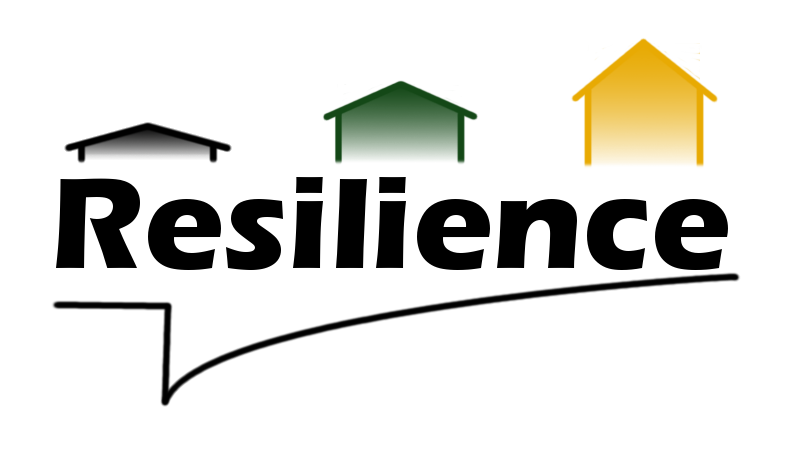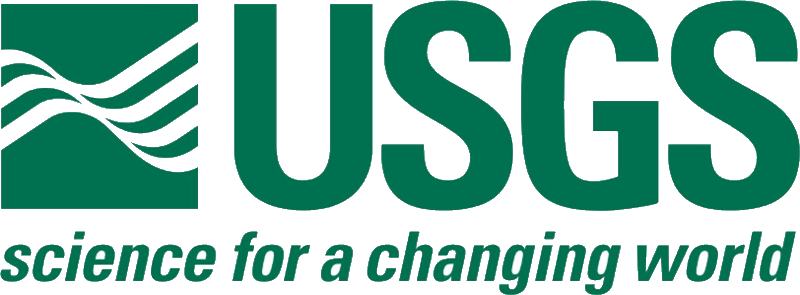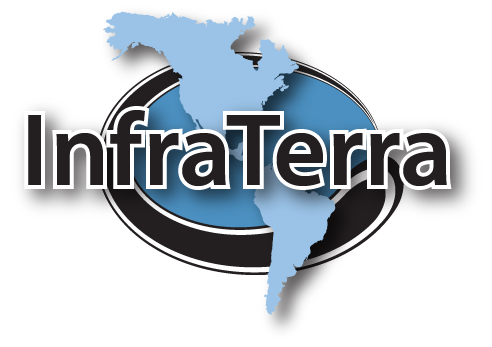University of California, Los Angeles
January 31 – February 11, 2022
![]()
![]()

The Lifelines Conference 2021-22 Executive Committee has made the difficult decision to pivot from a hybrid (in-person and virtual) format to 100% virtual due to the ongoing surge in the COVID-19 Omicron variant. Conference plenary sessions will proceed on the originally scheduled dates, February 1-3 2022. The schedule for breakout sessions is being developed now. Further information for conference registrants and sponsors is being sent by email.
Update made on January 12, 2022.

About the San Fernando Earthquake Conference – 50 Years of Lifeline Engineering
Understanding, Improving, & Operationalizing Hazard Resilience for Lifelines
University of California, Los Angeles, California USA
Location: Virtual
January 31 – February 11, 2022
The February 9, 1971 San Fernando California Earthquake was a devastating yet seminal event which, for the first time, demonstrated the seismic threat to lifelines that fundamentally support our modern livelihoods. The knowledge gained from this event initiated the study of lifeline systems worldwide, including water, wastewater, electric power, gas and liquid fuels, communications, transportation, and solid waste management systems.
Conference Proceedings
The conference proceedings will be available as post-conference proceedings as an electronic download and will also be sent via email. One copy is included with each Individual and packaged registration.
Information about Virtual Platform
The Lifelines 2021-22 Conference virtual platform will be available to all registrants until Friday, March 18 at 8:45 pm Pacific Time. conference registration has closed as of February 12, 2022. We are exploring alternate options to have video presentations available as permissible and will let registrants know if new viewing options become available.
FOR SPEAKERS
Call for Abstracts
400 Abstracts Accepted
Update: July 2021
Lifelines Powerpoint Presentation Template
Lifelines Poster Guidelines UPDATED January 19, 2022
Lifelines Video Preparation Guidance UPDATED January 17, 2022
[The conference poster and video uploads have been closed]
ARCHIVE
September 2021
EVENT: FEMA P-2090/NIST SP-1254 webinar on October 6, 2021
August 2021
Lifelines2021-2022 August Newsletter
June 2021
EVENT: Transportation Sector Panel
Transportation Sector Panel Event Recording
May 2021
Lifelines2021-2022 May Newsletter
April 2021
Energy Sector Panel Event Recording
March 2021
Lifelines2021-2022 March Newsletter
February 2021
February 09, 2021 Online Seminar : Commemorating the 50-year Anniversary of San Fernando Earthquake
January 2021
Newsletter: Commemorating the 50th Anniversary of the 1971 San Fernando Earthquake
December 2020
Lifelines2021-2022 December Newsletter
EVENT: Commemorating the 50th Anniversary of the 1971 San Fernando Earthquake
Special Guest Speakers

Martin L. Adams
General Manager and Chief Engineer,
Los Angeles Department of Water and Power
Presentation: Keeping L.A’s Water System Resilient
 Louise Comfort
Louise Comfort
Professor Emerita and former Director,
Center for Disaster Management,
Graduate School of Public and International Affairs,
University of Pittsburgh
Presentation: Redesigning Lifeline Systems to Cope with Climate Change:
A Sociotechnical Framework for Building Sustainable Resilient Communities Across Regions of Risk
 Rachel Davidson
Rachel Davidson
Professor and Associate Dean for Academic Affairs, University of Delaware
Presentation: Integrating engineering risk analysis of lifelines with societal response to and implications of disruptions
 Masanori Hamada
Masanori Hamada
Professor Emeritus — Waseda University
Chairman — Asian Disaster Reduction Center
Presentation: Measures for Enhancement of Earthquake Resilience of Waterfront Energy Industries
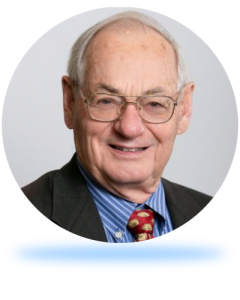 Paul C. Jennings
Paul C. Jennings
Professor of Civil Engineering and
Applied Mechanics, Emeritus
California Institute of Technology, Pasadena
Presentation: 50 Years after the San Fernando Earthquake

Dr. Lucy Jones
Founder and Chief Scientist,
Dr. Lucy Jones Center for Science and Society
Presentation: Risk as analysis and risk as emotion

Steven McCabe
Director,
National Earthquake Hazards Program (NEHRP)
Presentation: 45 Years of NEHRP:
How Federal Agency Response Has Catalyzed Improvements in Seismic Risk Reduction
 T.D. O’Rourke
T.D. O’Rourke
Thomas R. Briggs Professor of Engineering
Cornell University
Presentation: Lifeline Earthquake Engineering –
Its Legacy and Lessons Learned
Panels
Panel: The San Fernando Earthquake: A Fifty-Year Perspective
Abstract
After the 1971 San Fernando earthquake, Professor C. Martin Duke of UCLA challenged U.S. engineers to raise the standard of safety of all lifelines. As a result, the lifeline engineering profession set a general goal to raise the state-of-the-art internationally to the equivalent of that which prevailed for earthquake resistive buildings at the time. This goal would be achieved “when a comprehensive set of standards of lifeline performance in earthquake will have been established and have been proved out in future earthquakes.” The time frame for this general goal was set at 30 years from the San Fernando earthquake, or roughly the turn of the century.
This panel session will focus on two major themes: a) first-hand experiences during and after the earthquake with a particular emphasis on major takeaways and what were the research and reconstruction priorities at the time, and whether we have sufficiently achieved these priorities, and b) from an international perspective, how did the San Fernando Earthquake affect lifeline research, design and construction practices abroad. Experts from the U.S. and the international community will share their experiences and participate in a provocative discussion on these two topics.
 Ronald T. Eguchi
Ronald T. Eguchi
CEO and Co-Founder, ImageCat
Panel Moderator

Gustavo Ayala
Research Professor,
Engineering Institute of the National Autonomous University of Mexico (UNAM)
Panelist

Izzat M. Idriss
Professor Emeritus of Civil Engineering,
University of California, Davis (UCD)
Panelist
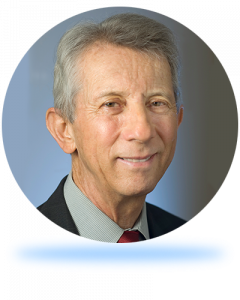
Jeremy Isenberg
Adjunct Professor of Civil and Environmental Engineering,
Stanford University
Panelist

Anshel Schiff
Professor of Engineering Sciences,
Stanford University
Panelist

Fumio Yamazaki
Research Fellow,
National Research Institute for Earth Science and Disaster Resilience (NIED)
Panelist
Panel: Building Lifelines into the Future
The 1971 San Fernando earthquake was a pivotal point in our awareness of the vulnerability of our lifelines to earthquakes. Since then, significant progress has been made in addressing the many issues around building more resilient lifeline systems. With our infrastructure deteriorating, our focus is now on a vision that addresses not only vulnerability of lifelines to extreme events, but also redesigning and rebuilding these systems that can meet the challenges of the future.
The objective of this panel session is to bring experts who can share their vision on the future developments of the various infrastructure systems. As technology has accelerated the development of various components within each lifeline sector, we are faced with the question – what will the lifelines of the future look like? For example, how will we have to design our transportation systems to address the increased adoption of elective vehicles (EVs), autonomous vehicles (AVs), flying taxies or other short distance transport? Another example is the major expansion of renewable energy sources, such as photovoltaics, wind turbines, coastal water turbines. What will their role be in future disasters and how will our electric grid need to change to address both extreme event and every-day needs? The scarcity of water with recent droughts has brought to light the need for greater water conservation and for further exploring alternate water sources. There are significant ongoing investigations on issues related to water management, development of advanced cost-effective desalination technologies, and water reuse in urban areas. Treatment of wastewater is receiving similar attention. A related key issue is the interdependencies of the various lifelines and how can these be addressed.

Anne S. Kiremidjian
The C. L. Peck, Class of 1906 Professor in the School of Engineering, Stanford University
Panel Moderator

Anjan Bose
Regents Professor, Distinguished Professor of Electric Power Engineering,
Washington State University
Panelist

Mikhail Chester
Director of the Metis Center for Infrastructure and Sustainable Engineering,
Arizona State University
Panelist

Ben Schwegler
Chief Scientist,
Engie China Lab
Panelist

Nalini Venkatasubramanian
Professor in the School of Information and Computer Science,
University of California, Irvine
Panelist
Closing Plenary: Public policies to enhance lifeline infrastructure resilience

Ron Lin
Reporter,
Los Angeles Times
Panel Moderator

Stephen A. Cauffman
Chief, Resilience Services Branch of the Infrastructure Security Division,
Cybersecurity and Infrastructure Security Agency (CISA)
Panelist

Christina Curry
Chief Deputy Director,
Cal OES
Panelist

Aaron Gross
Chief Resilience Officer,
City of Los Angeles
Panelist

Kurt Kainsinger
Director,
Office of Emergency Preparedness at UCLA Health
Panelist
Conference Organizers
Collaborating Partners
Supporting Organizations
Educational Partner
Sponsors





